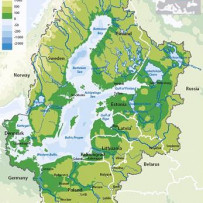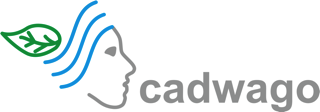Sustainable phosphorous management and reuse in the Baltic Sea Region

Question: How can mainstream regulatory and market based instruments be complemented with ‘institutional measures’ for stakeholder negotiation toward transboundary collective action for innovation in institutions and praxis?
Ecological components: Concern is mounting regarding the limited supply of mineral phosphate rock and the EU’s dependence on external suppliers. The existing decision making system requires exact scientific knowledge on the reality of the phosphorus flows, however, there is a huge gap in monitoring information and hard data, preventing collective action.
Institutions: There is no regulation of phosphorous management in the EU today, only indirect regulation through policies such as the Nitrates Directive. A holistic approach to phosphorous reuse requires inter-sectoral coordination and revision of economic subsidies. This, in turn, challenges free trade principles and the ‘big wheels’ of the Common Agricultural Policy.
Practice and facilitation: Past agricultural management practices have led to a discrepancy between riparian states, with some countries hosting enormous livestock populations (and manure and waste problems) and others suffering from deficits. There is a need for regional concerted action to enable redistribution of phosphorous waste and/or reorganize differentiated agricultural systems
